Road Surface Drainage: Why Proper Water Management Extends Surface Life
Roads, driveways, car parks, and access routes all face the same relentless enemy: water. Rain, runoff, standing moisture—if not properly managed, water can drastically shorten the lifespan of a road surface. Effective drainage isn’t just a nice add-on; it’s fundamental to protecting your investment and safety.
In this post, we’ll cover what road surface drainage means, why it’s critical, techniques and design considerations, common problems you need to avoid, and how good drainage contributes to durability and cost savings.
What Is Road Surface Drainage?
Road surface drainage refers to the ways in which surface water (from rain, melting snow, etc.) is directed away from the road surface so it does not pond, infiltrate the pavement, or degrade the subbase. Essentially, it’s about getting water off or away quickly and efficiently, using slope, channels, ditches, gutters, pipes, and other drainage features.
Why Proper Drainage Matters
Poor drainage affects roads in multiple negative ways:
- Potholes, cracks, and structural damage: Water that pools or infiltrates tends to weaken the layers beneath the wearing surface. Freeze-thaw cycles worsen this, leading to cracking and potholes.
- Reduced friction / safety issues: Standing water on a road surface increases the risk of slipping or aquaplaning. Proper road slopes help water run off, maintaining grip for vehicles.
- Faster deterioration: When water remains against or inside the structure (in joints, edges, beneath the surface), material breakdown accelerates—bitumen loses binding strength, aggregates loosen, the base becomes soft.
- Maintenance costs climb: What could have been small, local repairs escalate into large resurfacing projects. All because water was allowed to stay where it causes harm.
By contrast, roads that are well-drained hold up much longer, need fewer repairs, and give better value over time.
Key Drainage Techniques & Design Elements
Here are some of the most effective ways to ensure good drainage in road surfacing design and maintenance:
1. Slope & Crowning (Cross Fall)
- Crowned road surfaces have the highest point at the centre; water drains laterally to both sides. A typical cross fall (or crown) of 3–5% is common for many road types.
- Outsloping or insloping refers to directing slope toward one side. Outsloping means water flows off the shoulder; insloping might direct water into a side ditch. The correct choice depends on terrain, road use, and local water flow.
2. Longitudinal & Transverse Drainage
- Longitudinal gradient (fall along the direction of travel) helps prevent water from slowing down and ponding on flat stretches.
- Transverse flow (across the width of the road) is handled by either crowning or side slopes that guide water to drainage channels or edges.
3. Side Ditches, Gutters, and Kerbs
- Roads often have side ditches along their edges to collect runoff. These need to have a slight slope to carry water away.
- In built-up / urban settings, kerbs and gutters serve to intercept water and direct it into stormwater systems.
- Catch basins or drains placed at low-points help gather water that would otherwise pool.
4. Cross Drains, Rolling Dips & Water Bars
- On slopes or long stretches where water flows downhill, cross drains interrupt the flow and direct water off the road.
- Rolling dips are dips plus rises across the road: water flows into the dip then out over the rise into a side drain. Good for roads with moderate slope.
- Water bars are angled channels or raised ridges across the road to divert water off the pavement. These help prevent erosion and wash-outs.
5. Permeable Surfaces, Soakaways and Sustainable Drainage (SuDS)
- Using materials or designs that allow water infiltration (where appropriate) can reduce runoff.
- Soakaways, infiltration trenches, swales, or permeable pavements allow water to seep into the ground instead of staying on or under the surface.
- SuDS (Sustainable Drainage Systems) integrate drainage into the landscape, rather than relying solely on pipes and gutters.
6. Edge Sealing & Proper Joint Details
- The edges and joints of the road are weak points. If joints are not properly sealed, water can penetrate the layers underneath, causing damage from the side or below.
- Keeping pavement edges stable, well-supported, and properly shaped helps avoid edge-failure.
Common Mistakes & Problems to Avoid
A few typical problems often lead to poor drainage and premature road failure:
- Road surfaces becoming too flat (insufficient slope), causing water to stay in places.
- Blocked or insufficient side ditches or gutters. Leaves, debris, sediment can clog drains.
- Poor design of joints or edges allowing water ingress.
- Using impermeable materials with no outlet or soak-away provision.
- Failure to design for heavy rainfall and climate patterns: what worked before may not suffice now.
- Not planning for maintenance: drainage features need regular inspection and cleaning.
The Long-Term Benefits: Durability, Safety & Cost Efficiency
When drainage is done right, the benefits ripple out:
- Longer service life: With less water damage, surfaces and sub-structure stay stronger, meaning fewer full resurfacing jobs.
- Lower maintenance: Fewer potholes, fewer emergency repairs, less reactive work.
- Better safety & ride quality: Roads that drain well reduce standing water, reducing risk of aquaplaning or slippery surfaces.
- Cost savings: Investing upfront in good drainage design saves money long term—repair costs, risk liabilities, etc.
Design & Site Considerations
When planning drainage, several site-specific factors must be assessed:
- Local climate & rainfall intensity: higher rainfall demands more robust drainage.
- Topography: slopes, valleys, embankments, existing water flow.
- Soil type and subgrade permeability: clay soils drain poorly; sandy soils better.
- Traffic level and type: heavy loads, frequent traffic may require more durable surfaces and stronger drainage.
- Local regulations and planning: SuDS obligations, local planning authorities may require certain drainage standards.
How We Help Across Our Service Areas
We offer comprehensive road surfacing and drainage solutions throughout the locations we serve. Whether you’re in urban settings needing precise kerb and gutter work, or rural/industrial sites requiring robust ditches, cross drains or soakaways, we adapt our design to suit local terrain, climate, and usage.
We cover all regional areas (see full list here) and bring experience to ensure each project balances performance, longevity, and cost.
Practical Tips for Maintaining Good Drainage
- Inspect drainage channels, ditches, and gutters regularly; clear leaves, silt, debris.
- Check for ponding after rain—if water stands, identify causes (clogged drain, insufficient slope, settled surface) and act.
- Repair cracks or edge damage promptly to prevent water ingress.
- Monitor roads after heavy storms: sometimes unexpected water paths emerge.
- Consider retrofits: small modifications (adding a gutter, re-grading shoulder, installing additional cross drains) can make big differences.
Conclusion
Road surface drainage is a foundational element of any durable and safe surfacing project. Without it, you risk accelerated deterioration, increased repair costs, safety hazards, and unhappy users. With proper design, attention to detail, and regular maintenance, drainage ensures your surfaces last longer and perform better.
If you’re planning resurfacing works, constructing new access roads, or noticing drainage issues, we’ve got you covered across all our service areas. From design through to execution, we can help you incorporate reliable drainage that protects your investment.
Check out the full areas we serve here and contact us to discuss how you can get optimal drainage on your next surfacing project.

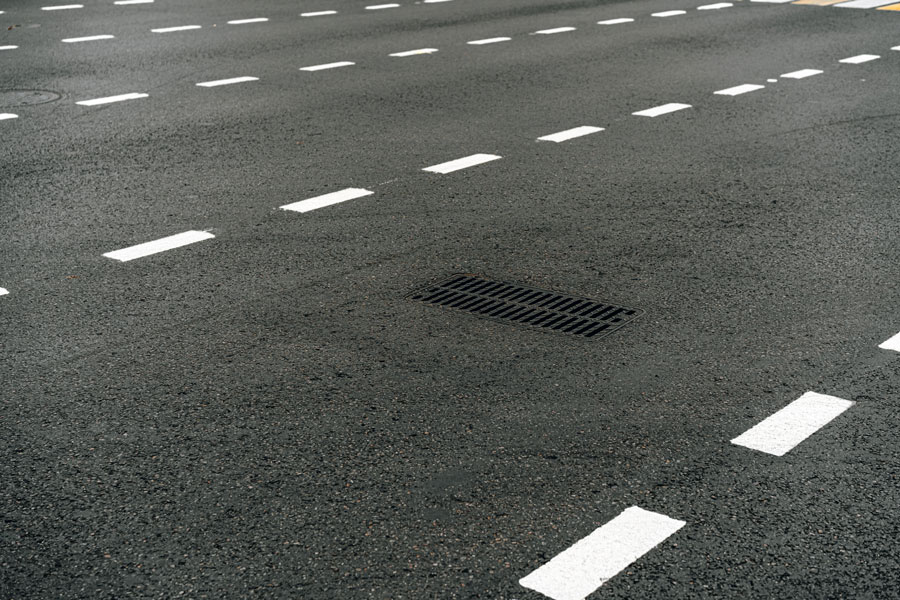
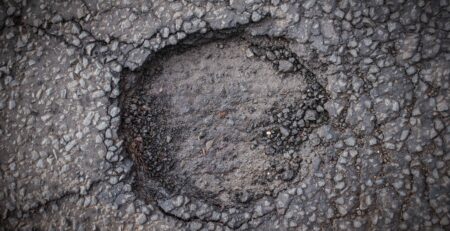
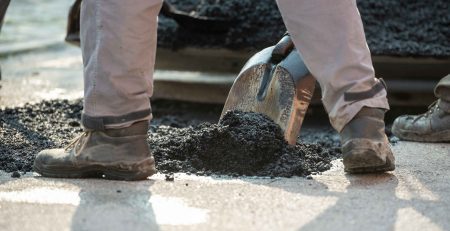
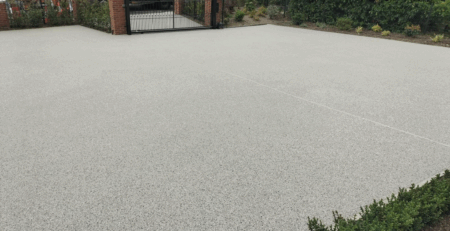
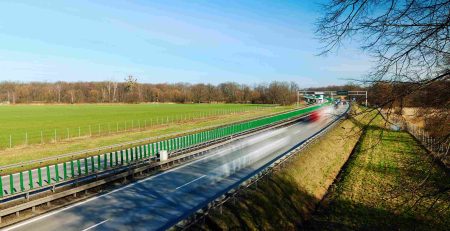
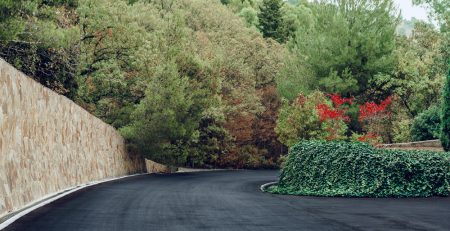
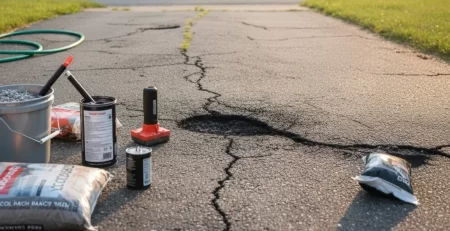
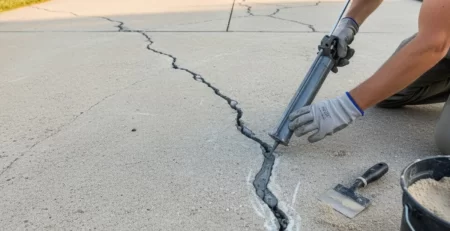
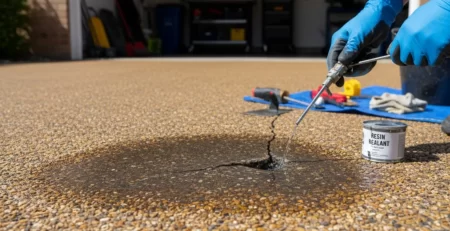

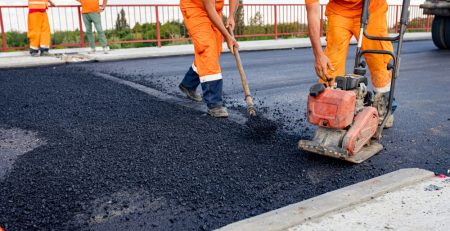
Leave a Reply